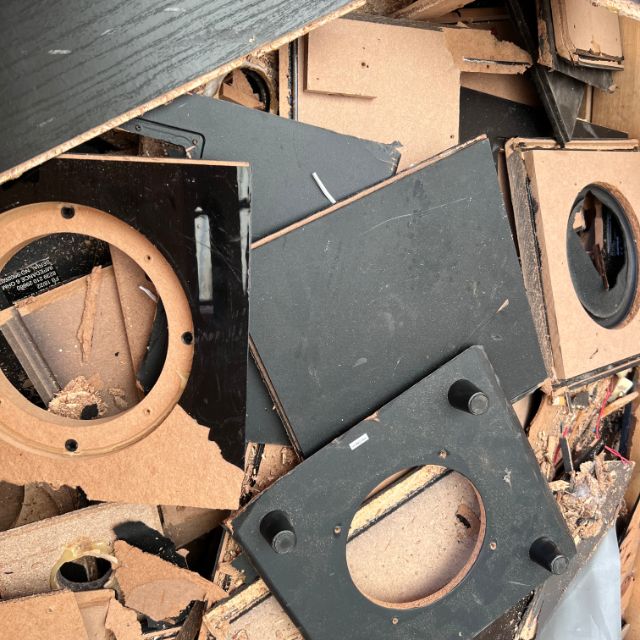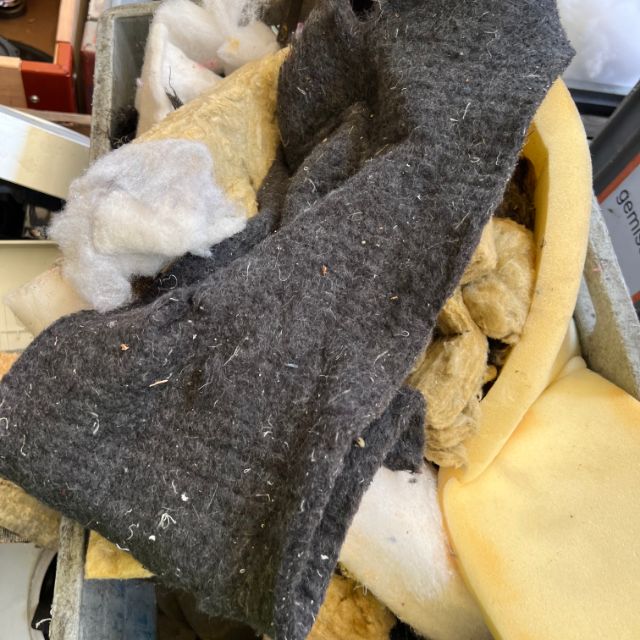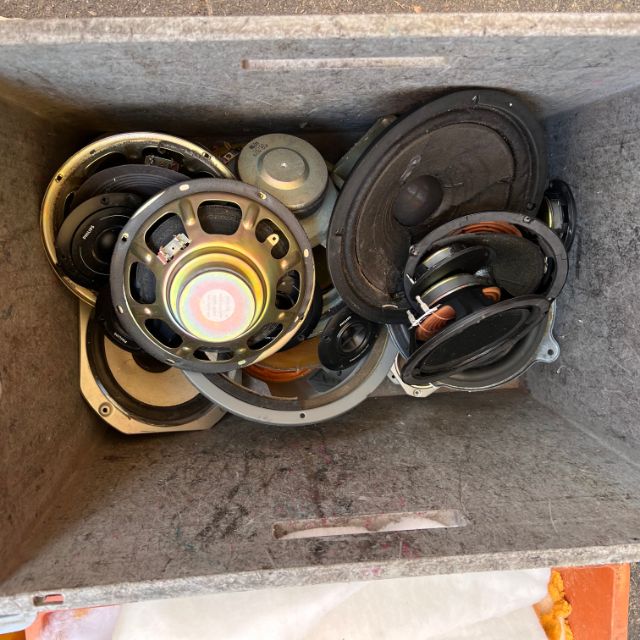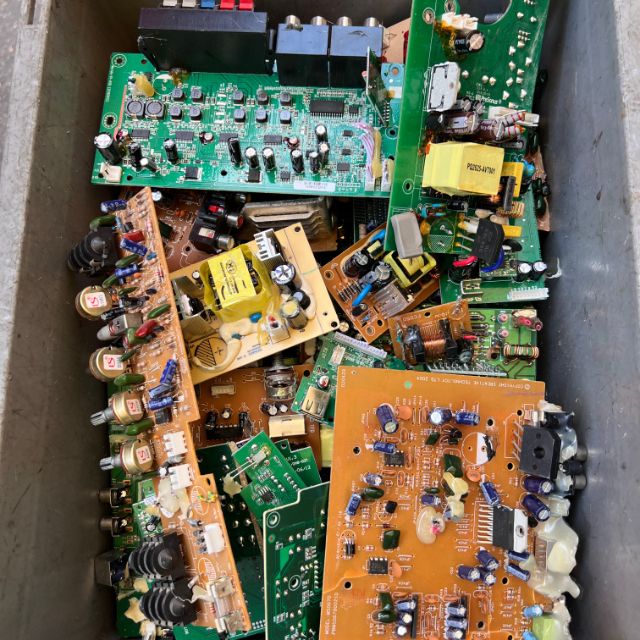Recycling wooden speakers – complex electronic devices in wooden cladding
A recent batch test with 250 devices in three size categories shows that wooden speakers contain not only wooden housing but also metals, plastics and electrical components. This provides valuable information for proper recycling.A recent batch test with 250 devices in three size categories shows that wooden speakers contain not only wooden housing but also metals, plastics and electrical components. This provides valuable information for proper recycling.
Obtaining a detailed data basis through batch testing
Wooden speaker cabinets are usually processed separately, as the wood would contaminate the plastic fraction in mixed processing. But what do the nondescript wooden boxes actually contain? Which recyclable materials and pollutants have to be considered to ensure that valuable raw materials aren’t lost during processing, while preventing unwanted emissions? To answer these questions, a special batch test with wooden speakers was carried out in August 2024, during which a total of 250 wooden speakers were manually disassembled. To determine the potential influence of size on composition, the speakers were additionally divided into three size categories: 0–30 cm, 30–50 cm and > 50 cm edge lengths, sorted and disassembled into components. The aim was to obtain detailed data on the materials of these devices to review disposal methods and ensure proper handling of the wooden speakers.
The test took place over several weeks at a dismantling facility, in close collaboration with the Swico Technical Commission (TC). The resulting fractions were carefully defined in advance and precisely documented during the test. On 19 August 2024, the Swico TC visited the site, and documentation was further refined based on the interim results.
Complex composition
The batch test revealed that wooden speakers have a complex composition. In addition to the eye-catching wooden housing, they contained significant amounts of metals, plastics and electronic components. The following fractions were recorded systematically in the batch test (figures 2–10):
- Treated, coated or lacquered wooden housing
- Insulating mats and other insulation materials
- Plastic components
- Steel, iron and magnets
- Copper cables
- Copper and iron anchors
- Printed circuit boards
- Capacitors, sorted by size (< 2.5 cm and > 2.5 cm)









Size has minimal impact on composition

Figure 11 shows the average composition of the 250 dismantled wooden speakers. The wooden housing makes up the largest proportion at over 55%, followed by steel, iron and magnetic parts at over 30% and plastics at around 7%. The composition of the different size classes is very similar, with two exceptions: the proportion of plastic decreases as units grow larger, and the larger models contain more capacitors. While small models only rarely contain capacitors, for medium-sized speakers the average is almost one capacitor per cabinet. Large speakers even have several capacitors per cabinet, with capacitors of less than 2.5 cm most common. There was no evidence of capacitors that contain PCBs.
Wooden speakers are small electronic devices
The test results confirm the classification of wooden speakers as small electronic appliances according to OMW code 160213. This means: wooden speakers may only be delivered to companies with a corresponding acceptance permit, they must be professionally dismantled, either manually or mechanically, and the different material fractions must be treated separately. The wooden housing requires particular attention. The test showed that almost all the wood in these units is treated, coated or varnished. This must be thermally recycled in a waste incineration plant (WIP); disposal in waste wood incineration plants is not permitted.
Ensuring appropriate recycling processes
The findings from the batch test ensure that wooden speakers can continue to be properly handled as electronic devices. The study shows that, in addition to the regular batch tests, special batch tests are also important for better classification of certain device types, for gaining new insights and for verifying existing insights.